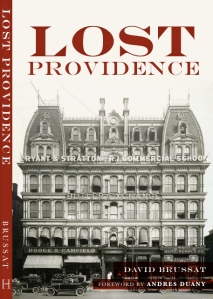
View from the Tiber of the Palace of the Caesars, in Rome. (wikigallery.org; artist?)
As we saw in his novel The Princess Casamassima, Henry James indulges himself in his descriptions of cities. In Daisy Miller, he describes the ruin of the Palace of the Caesars, and the Colosseum, in Rome:
A few days after his brief interview with her mother, [Mr. Winterbourne] encountered [Daily Miller] in that beautiful abode of flowering desolation known as the Palace of the Caesars. The early Roman spring had filled the air with bloom and perfume, and the rugged surface of the Palatine was muffled with tender verdure. Daisy was strolling along the top of one of those great mounds of ruin that are embanked with mossy marble and paved with monumental inscriptions. It seemed to him Rome had never been so lovely as just then. He stood looking off at the enchanting harmony of line and colour that remotely encircles the city, inhaling the softly humid odours and feeling the freshness of the year and the antiquity of the place reaffirm themselves in mysterious interfusion.
A few pages later, Winterbourne visits the Colosseum:
When, on his return from the villa (it was eleven o’clock), Winterbourne approached the dusky circle of the Colosseum, it occurred to him, as a lover of the picturesque, that the interior, in the pale moonshine, would be well worth a glance. He turned aside and walked to one of the empty arches, near which, as he observed, an open carriage – one of the little Roman street-cabs – was stationed. Then he passed in among the cavernous shadows of the great structure, and emerged upon the clear and silent arena. The place had never seemed to him more impressive. One half of the gigantic circus was in deep shade; the other was sleeping in the luminous dusk. As he stood there he began to murmur Byron’s famous lines, out of Manfred. …
Someone recently informed me that there is a collection of James’s writings on cities and architecture. If I can find that, then I can write this blog without doing any work of my own!



Soon we can look forward to the College Street bridge in the same state as the Ponte Rotto (“Broken Bridge”) in the center of the painting…
LikeLike